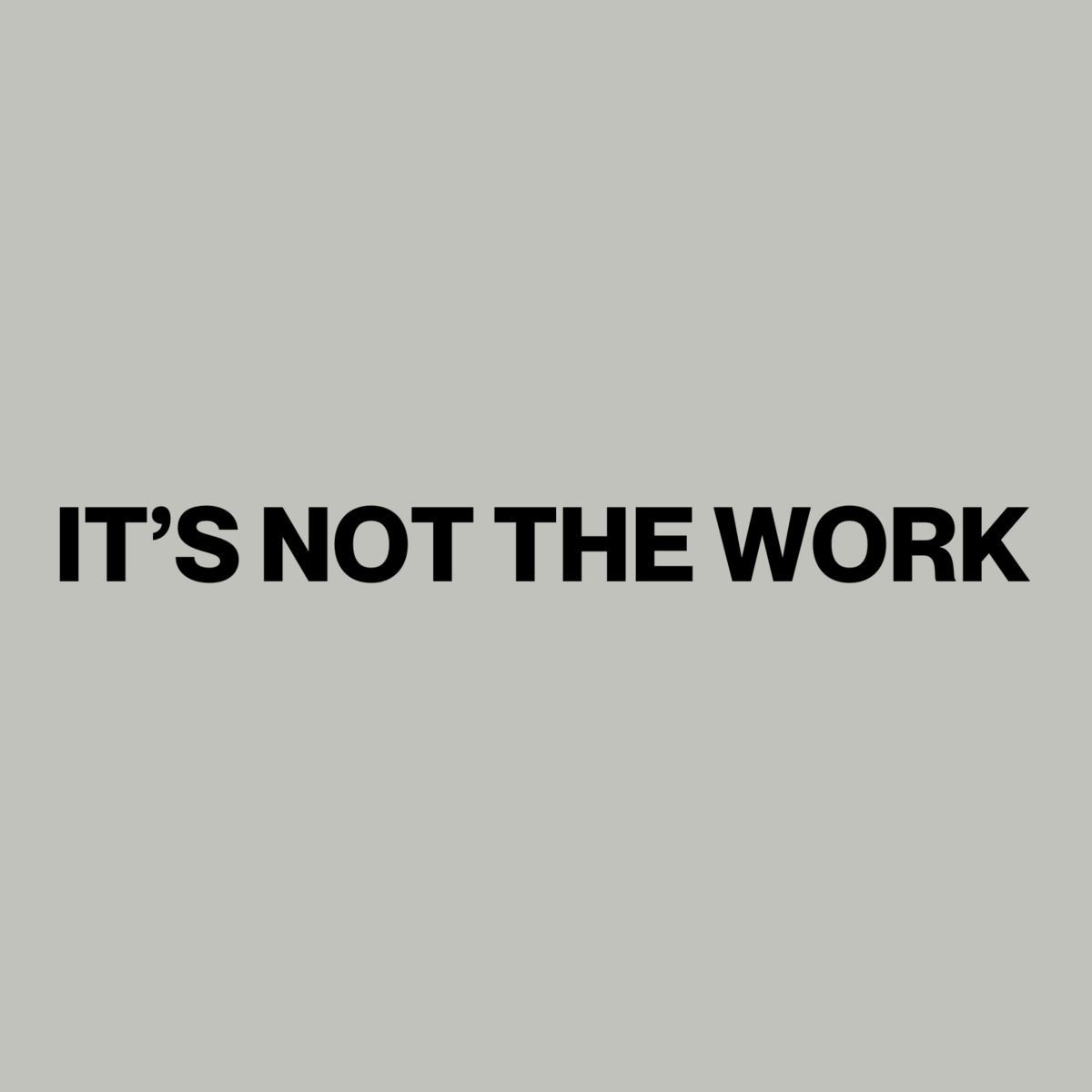Hi, I’m Nithya Sudhir. I collect words, chase patterns, and write about whatever makes me curious.
Have you tried on a pair of Converse recently and thought you’re trying on shoes?
Well…technically, it’s a “slipper.”
Someone forwarded this? 💌Subscribe to get it fresh, every Tuesday.
Missed an issue? 💬Catch up on past essays.
Curious what else we’re building? 💡Insane Media lives here.
Want your campaign in front of our users? 📌Reach out here.
The Sneaker That Wasn’t: How Converse Outsmarted Tariffs with a Little Fuzz
Historically, Converse added a layer of fuzzy felt to the outsole.
Why?
They used a clever bit of tariff engineering to dodge higher import duties.
Under U.S. customs law, sneakers can face import taxes of up to 37.5%. But slippers — only 6%.
And footwear with over 50% of the outsole covered in felt could be classified as “slippers,” not “sneakers.”
We’re also seeing more and more brands turn to ‘tariff engineering’ to avoid higher import taxes.
Who knew the easiest way to get into the country was actually through a hole — a loophole. (I’m kidding! 😃)
⚡Tariff engineering is the art of tweaking a product just enough to land it in a friendlier tax bracket.
With more than 5,000 product classification codes in play across 200+ countries, the tiniest design change can mean a massive difference in what you pay at the border.*
This ‘technical hack’ actually saved Converse millions — and it saved buyers money too.
A classic pair of Converse retails for around $70 with the old slipper trick baked in. But if they’d been hit with even the 37.5% sneaker tariff — no fuzzy soles, no loopholes — you’d be looking at a cool $93.45 instead.
But that loophole is gone. And with new tariffs rolling in, footwear prices are climbing.
Why is this such a bad thing for marketers? I’m glad you asked.
And should you be worried even if you’re not selling shoes? Yes.
When your customer picks up a product at the store and sees even a $2 price increase, it hurts them — physically.
Yeah.
It's called sticker shock and today I’m telling you all about it.

The Real Cost of a Sneaker Price Hike — And Why It’s Not Just About Money
The Cambridge English Dictionary defines Sticker Shock as “an unpleasant feeling of surprise at seeing the price of something.”
An unpleasant feeling.
Psychologists, especially Daniel Kahneman and Amos Tversky, have been studying this reaction for decades, and here’s what’s really happening in your customers mind when they see a price hike:
First, there’s loss aversion.
A cognitive bias where the emotional impact of a loss is felt more intensely than the joy of an equivalent gain.
Which means, while a $5 price drop might make us smile, a $5 price increase feels like a punch in the gut.
This is exactly why we buy insurance.
Then, there’s reference price anchoring.
Over time, we form invisible mental price tags: $99 for Adidas sneakers, $12 for shampoo, $4 for a coffee.
When a price suddenly jumps, it’s not just the number that changes — it’s our sense of fairness.
That mental anchor gets yanked loose, and trust in the brand wobbles.

Source: Challenger
How Nike Out’sprinted’ Tariffs Without Tripping Over Customer Trust
Nike (Converse’s parent Company, since 2003) has navigated the tariff turmoil using strategy:
Nike is proactively shifting manufacturing away from tariff-heavy regions.
Nike implemented selective increases — $5-$10 on premium models priced above $100, while keeping prices stable for staples under $100, children’s lines, and bestsellers like the Air Force 1.
Diversifying where it sources, while working closely with suppliers and retail partners to share the tariff burden.
To offset an estimated $1 billion hit from tariffs, Nike is trimming internal costs where possible.
At a time when retailers and brands are butting heads over price hikes, Nike’s approach stands out as both empathetic and strategic.
The antidote to sticker shock isn’t just holding the line on price — it’s shifting the narrative from what it costs to why it’s worth it.
Of course, no one knows how long Nike can hold this line as new costs roll in, but the hope is clear: more brands finding creative, customer-first ways to navigate pressure without breaking trust.
It’s a reminder for every marketer: price is a number, but value is a story. Tell it well, and your customers will stick with you — tariffs, trend cycles, and all.
As always, hit reply if something in here hits home.
How's the depth of today's edition?
See you next week,
Nithya
P.S. If you want to get a case study about your own brand, reply to this email. If you’d like to reach our newsletter audience (founders, creators, and marketers), click the button below.
If you’re new here, I’m over the moon you’ve joined us! To help me craft content that’s actually useful (and not just noise in your inbox), I’d love it if you took 1 minute to answer this quick survey below. Your insights help shape everything I write.
Insane Media is more than one voice
💡 Dive into our other newsletters - where psychology meets the founders, creator economy, Human resources and AI trends.





